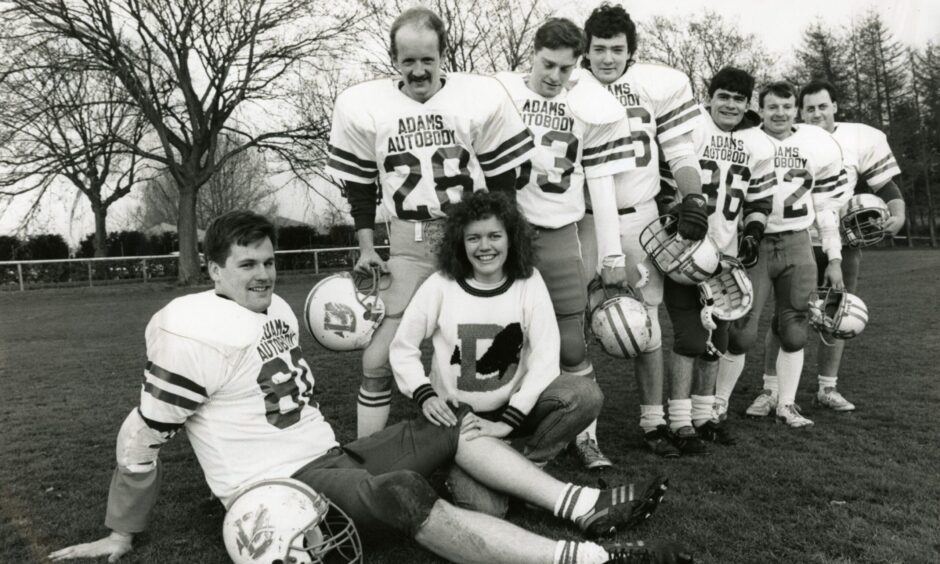
The glitz and glamour of the NFL was must-watch TV in the 1980s.
It barely mattered that most viewers didn’t know the teams, the players or the rules.
It was fun watching the physical thrills and spills of Dan Marino, Joe Montana and William “The Fridge” Perry at a time when football was grim and depressing.
American football started to grow when Channel 4 began showing weekly highlights and seven million Britons watched the Chicago Bears-New England 1986 Super Bowl.
Teams and leagues sprung up everywhere.
It was so popular that shops like David Low Sports and Rob Jackson Sports began stocking NFL jerseys, caps and jumpers which completely sold out in January 1986.
The Evening Telegraph reported “unprecedented interest” in Dundee.
A paragraph tucked away in the article told how the Wellgate Centre’s sports shop even had a couple through the door looking for a set of strips “with a view to starting a team”.
Gavin Walker and his friends were also interested in starting a team.
In those days before data protection, the 18-year-old Kingsway Technical College student went down to find out their names and addresses.
He contacted them and the Dundee Whalers were born.
An American in Broughty Ferry
The Whalers was chosen “in light of the city’s sea-going traditions”.
They began training at Broughty Ferry esplanade on a Saturday afternoon where they started by playing the semi-contact version of the sport called flag football.
American Rick Moser arrived and offered to coach the team.
The first full-contact game was organised against the newly-formed Fife Falcons and the Whalers won the game 18-7 at Dawson Park without wearing pads.
Interest quickly gathered.
The Evening Telegraph suggested the city’s first American football team would “prove a major rival for spectators to the top traditional football clubs”.
A non-playing committee was organised to do the essential administrative work including fundraising for kit which cost £350-400 for each player.
The biggest boost came in June 1986.
A Sporting Post article appealing for coaching assistance was answered by former American football player Len Elliot who was stationed at RAF Edzell.
He put them through drills to enhance ball control, agility, and defending techniques.
Local lads like Gavin Walker, Mike Ross, Alan Sturrock, Lee Starkey and Bruce Gowans were taking to the game as if they had been brought up with it.
With this upsurge in interest in American football, it wasn’t long before the Whalers earned a place in the British American Football League for the 1987 season.
The ink was barely dry before the rug was pulled from under their feet.
The British American Football League folded in December 1986.
It was taken over by the Budweiser League which had started life in 1985.
Part of the requirement for joining the Budweiser League was a year’s experience of playing in full kit which precluded all the teams currently playing in Tayside and Fife.
The Whalers were placed in the Thistle League for new teams in Scotland alongside imaginative names like Fife 49ers, Barrhead RedHawks and the Ness Monsters.
The Whalers played at various grounds in the city with the backing of a cheerleading team which answered the call to “chant, dance and even wave the odd pom pom”.
Whalers sent records tumbling
The first game of the 1987 season took place at Camperdown Park on Easter Sunday where the Whalers defeated Fife 49ers 43-14 in front of a “huge crowd”.
They never looked back.
They were simply unstoppable and sent records tumbling in the process.
A 70-0 win against the Capital Clansmen was a league record.
A 26-0 win against Strathmore Scorpions and 58-13 success over Barrhead RedHawks in front of 400 fans in June at Riverside Park were among six straight wins.
The Whalers played hard off the pitch as well as on it.
A £100 helmet failed to appear before a match against Ness Monsters after going missing during a “high-spirited pub crawl in full American football uniform”.
The helmet was “last seen adorning the head of a woman in a West Port bar”.
Whalers won nine from nine with 425 points while conceding 81 and keeping an opponent scoreless in three games which is pretty rare in American football.
The title decider took place at Beveridge Park in Kirkcaldy.
Fife 49ers needed to win by 29 points but the Whalers finished with a 10-0-0 record by winning 28-12 against their nearest rivals to claim the inaugural Thistle League.
The unbeaten season was a feat unlikely to be repeated.
In September 1987 the Whalers competed for the Strathmore Invitational Bowl which was the first-ever American football tournament to take place at Glamis Castle.
The tournament was won by the Newcastle Senators.
The first aid post manned by the Red Cross was frequently in action with three players taken to Dundee Royal Infirmary and injuries forcing three teams to withdraw.
The Whalers and 49ers joined the Budweiser League Division One Scottish Conference for the 1988 season which included English sides from Chorley and Warrington.
Lancashire Chieftains and Warrington Scorpions made up the eight-team league alongside Kilmarnock Burners, Inverclyde Crusaders and Lothian Chieftains.
The Whalers played home games on Sunday at 2pm at Downfield and finished the season with seven wins, two defeats and one draw to reach the national league play-offs.
They were almost forced to withdraw because of a lack of funds but thankfully at the last minute they were given financial backing and made it to the quarter-finals.
The cupboard was bare so there was understandable jubilation when Dundee FC chairman Angus Cook got in touch and wanted to become associated with the Whalers.
The possibility of the Dens Parkers buying the Whalers was also discussed.
It would have given them a home ground and proper facilities while the advantages for Dundee FC were bringing in more cash and there would be greater use of the ground.
However, due to a Scottish League rule, which would not allow a football ground to be used for any other purpose, the deal, despite continuing talks, was kicked into touch.
“I would love to see the Whalers play at Dens Park,” said Mr Cook.
“It’s a very good idea and would provide a great attraction for the Dundee public.”
History might have changed entirely had the deal gone through.
The domestic game started to decline in the early 1990s but the Whalers struggled on and made the playoffs in the British National Gridiron League in 1992 and 1993.
Fife 49ers won Capital Bowl IX against Edinburgh Eagles in 1994.
Some teams folded or merged.
The Scottish clubs set up an independent league in 1995 but come the play-offs the Whalers were defeated 88-0 in the semi-final by the Glasgow Lions.
In 1997 the Whalers were defeated 24-6 by the East Kilbride Pirates in the Scottish Bowl before moving to Dens Park in 1998 following a tie-up with Dundee FC.
The arrangement was booted into touch after the opening game because the pitch cut up so badly after heavy rain which gave the groundsman an impossible task to repair it.
The Whalers reached the Scottish Bowl in 1998 but suffered another defeat to East Kilbride Pirates in Glasgow before calling it a day and leaving the local scene all at sea.
The 49ers had also met their demise.
Later the Dundee Hurricanes were formed in 2002 with early success.
They were dubbed the “worst American football side in Britain” after going 22 games without victory in 2013 and became the subject of a documentary on Amazon Prime.
Bend Don’t Break was described as “an underdog story very similar to Rocky”.
The team folded in 2019.
Is this one Rocky story that might be due a sequel?

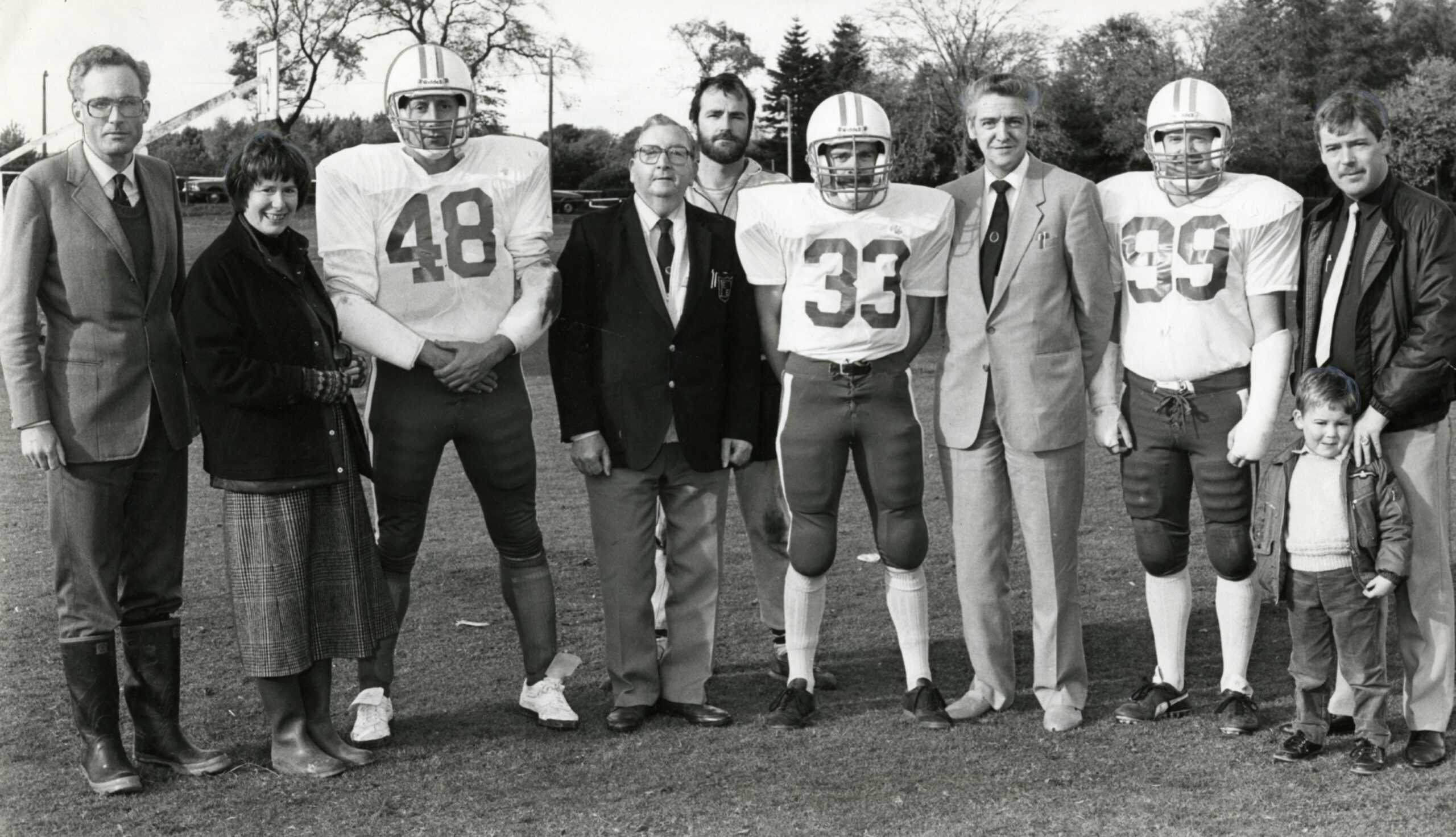
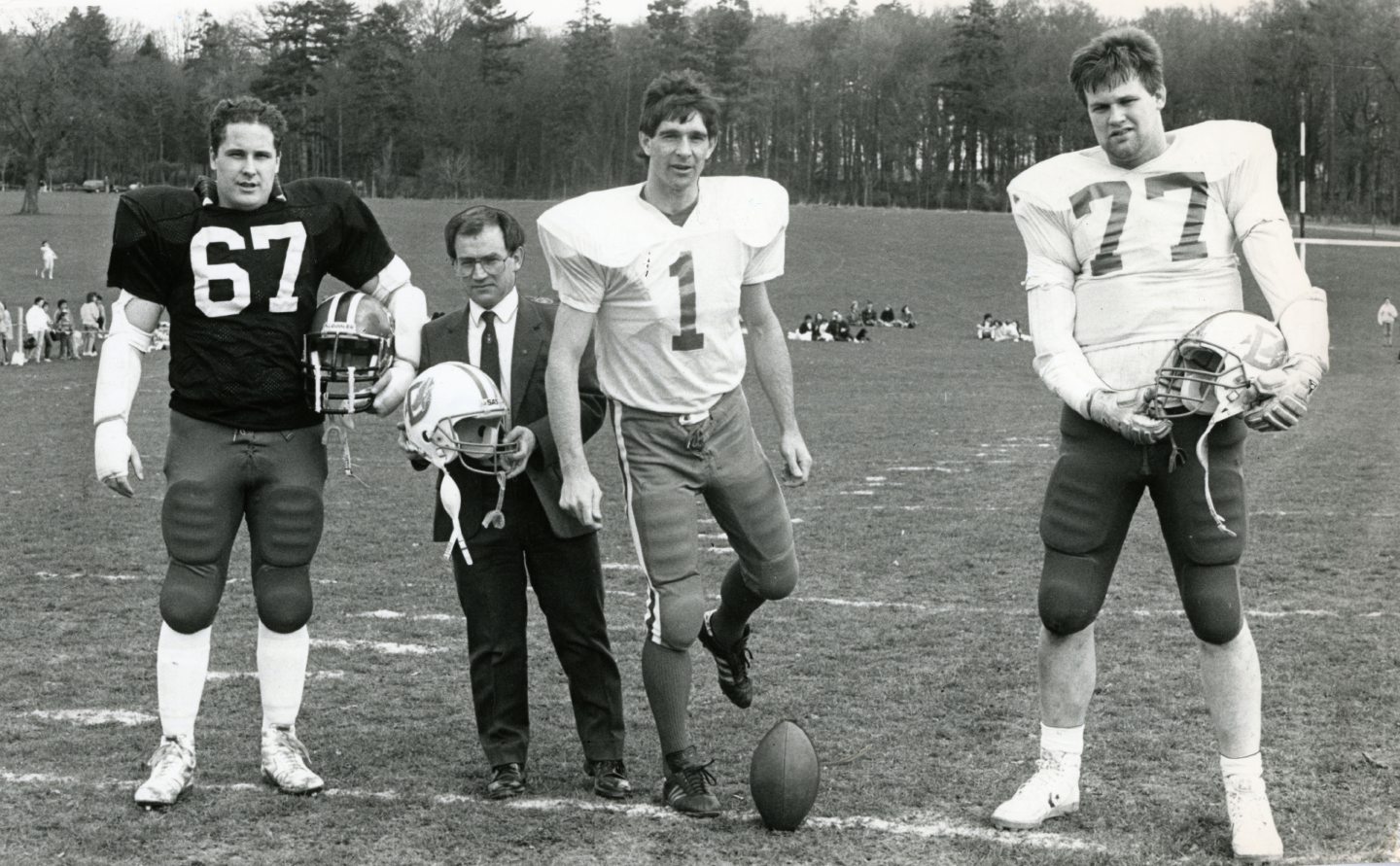


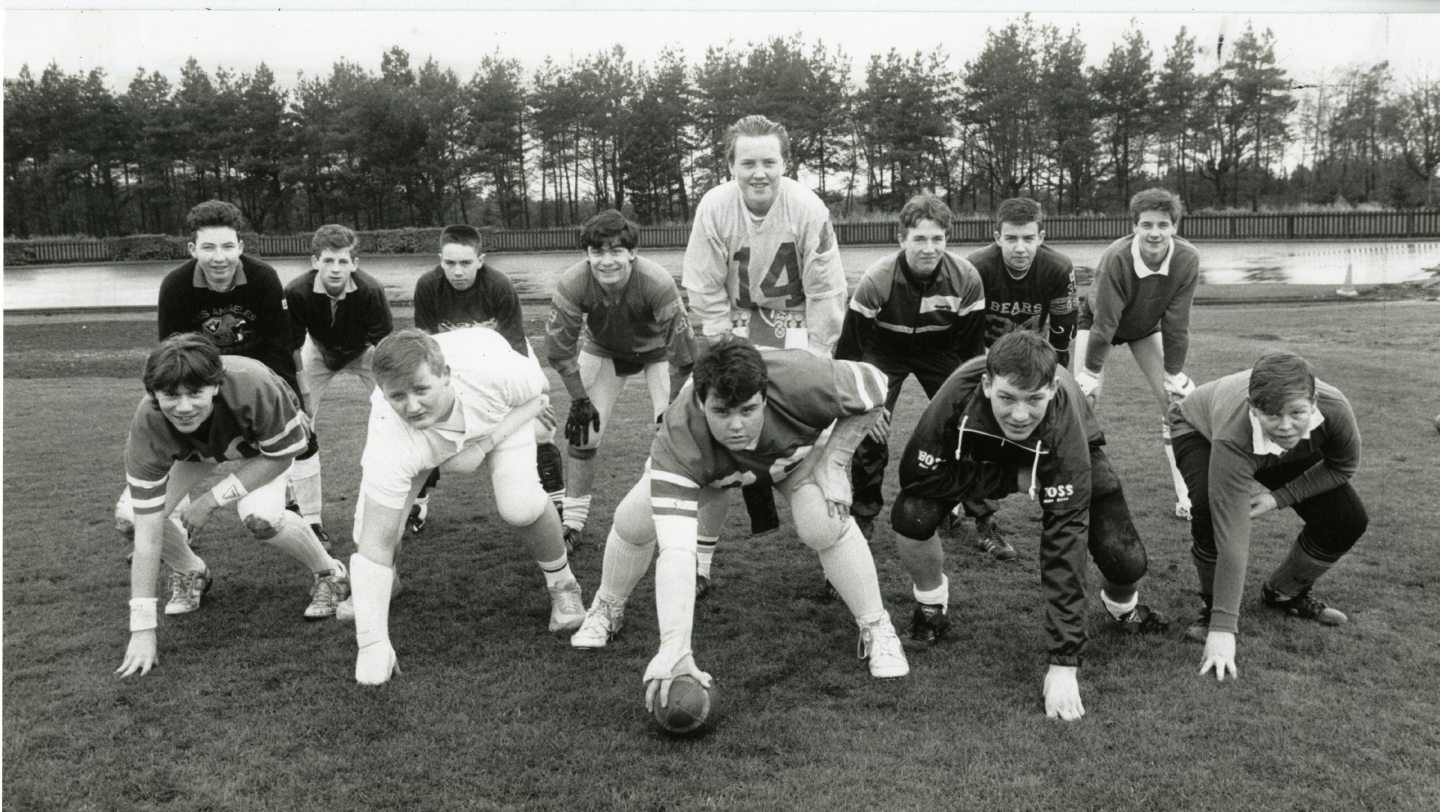
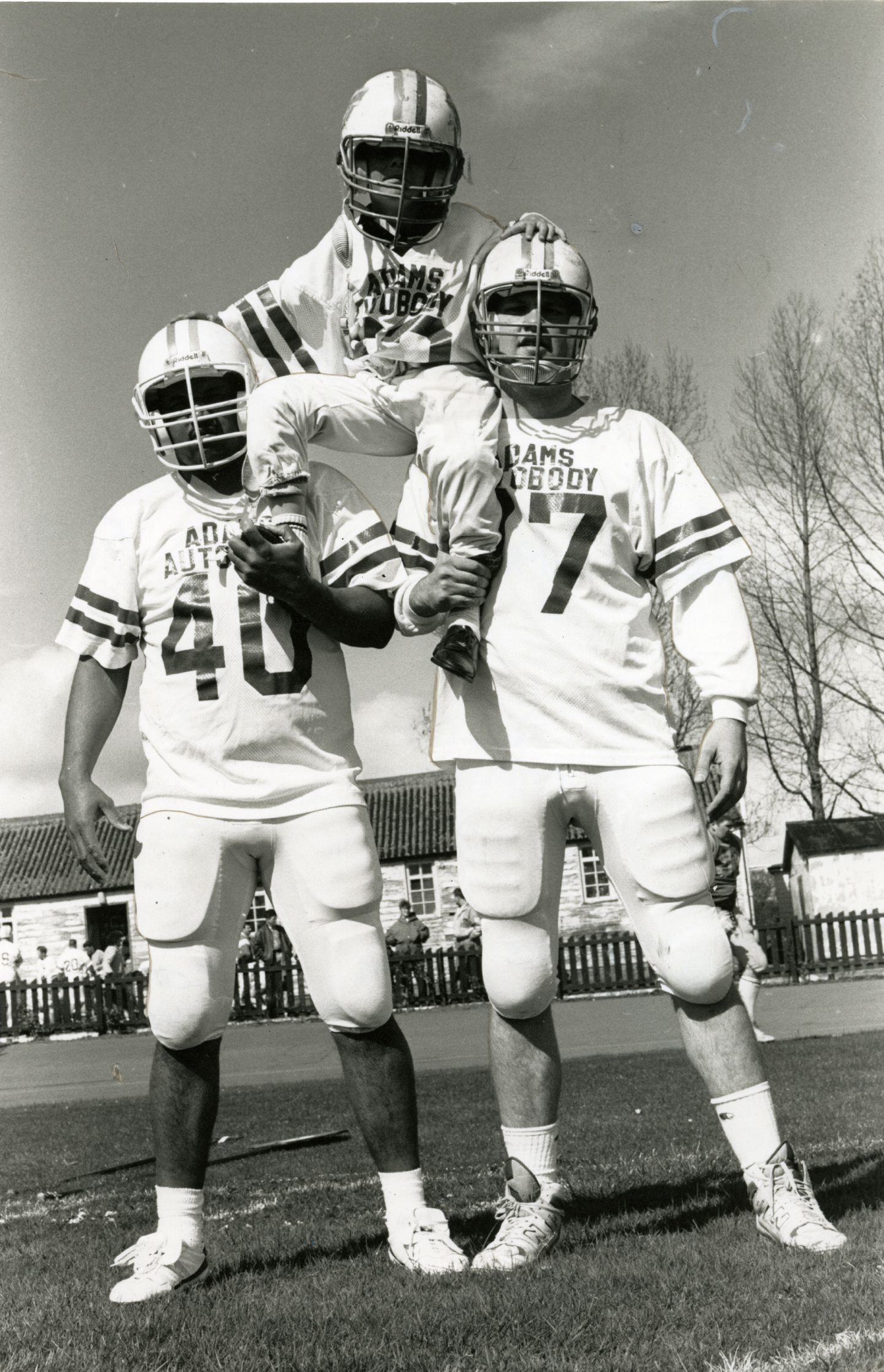
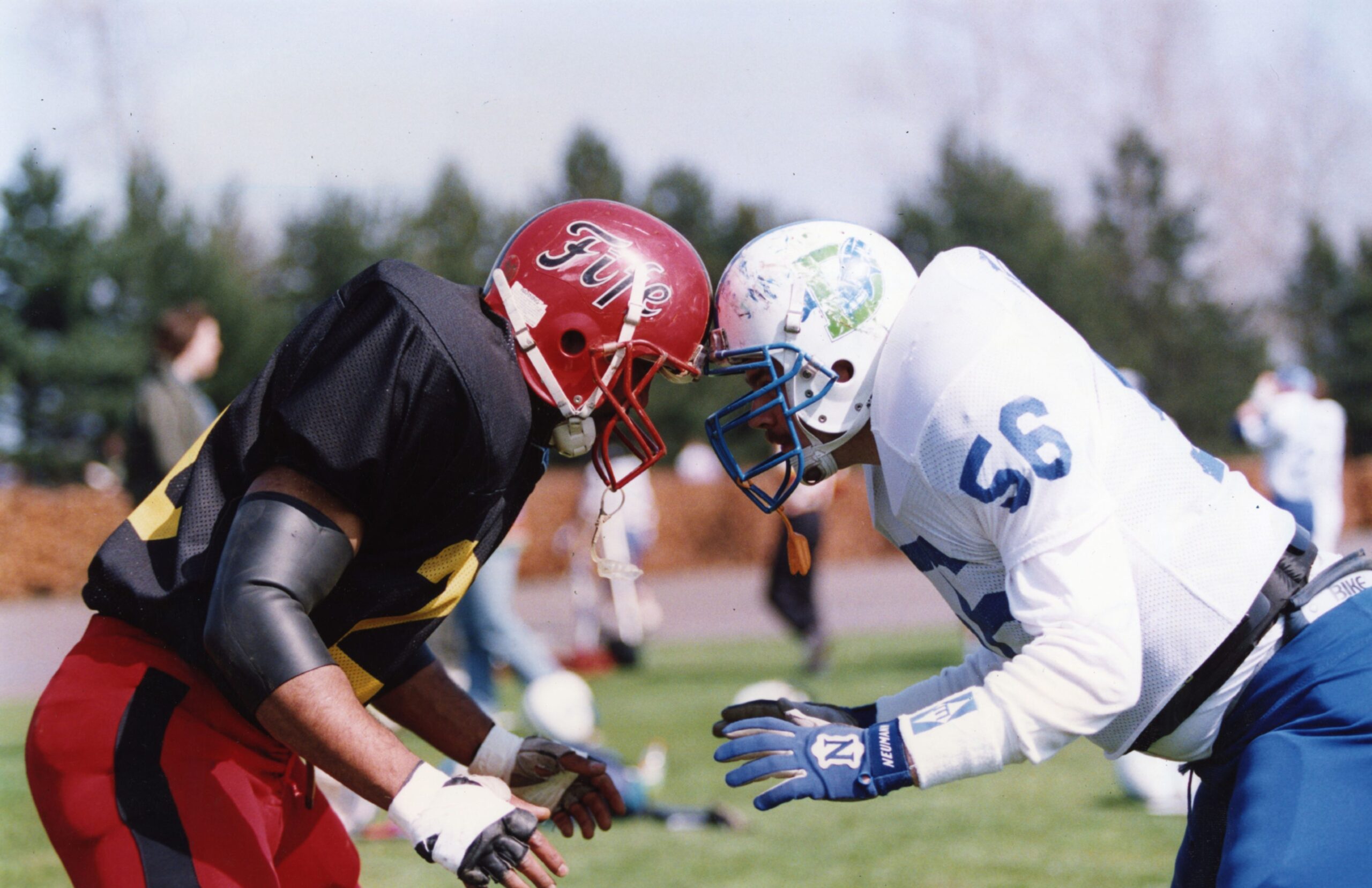











Conversation